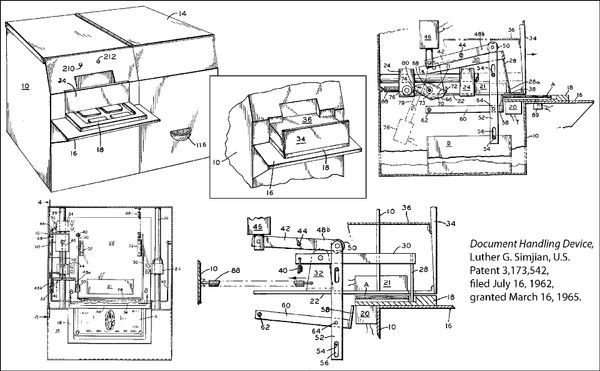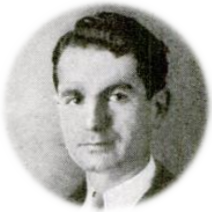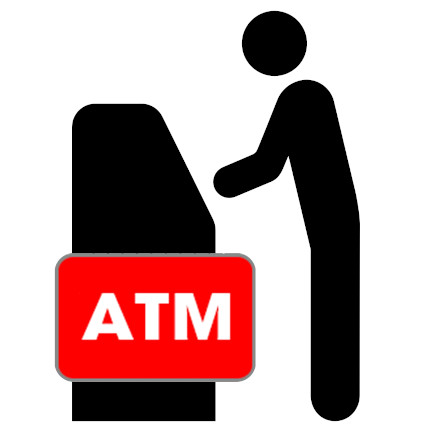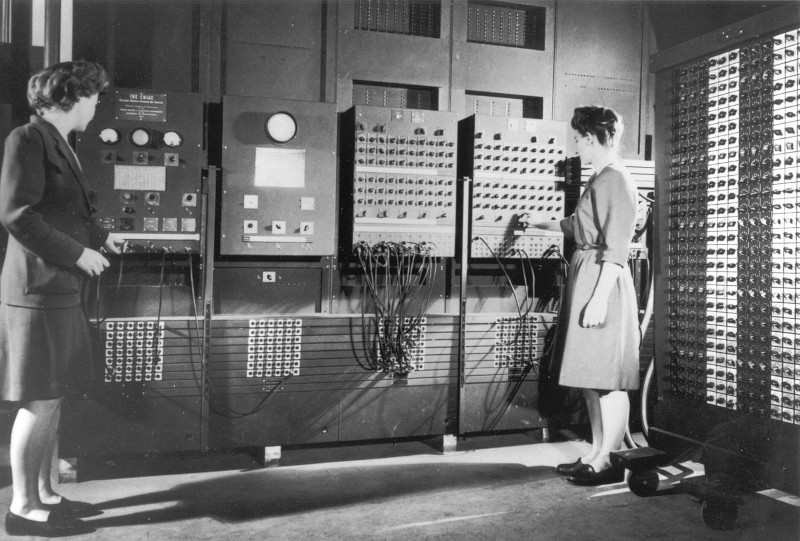Bankograph (ATM) - deposit only
1961 AD released
The Bankograph is introduced it to the public in 1961, when it was placed in a few City Bank of New York bank lobbies for six months.
The Bankograph was an automatic deposit machine that accepted cash and check deposits at all times. A camera inside the machine took snapshots of the deposits, copies of which were given to the customers as receipts.
The company discontinued its use due to limited appeal. Simjian wrote in his autobiography: "It seems the only people who were using the machines were a small number of prostitutes and gamblers who didn't want to deal with tellers face to face. And the bank said there were not enough of them to make the deal lucrative."
Hayward argues that the Bankograph was ultimately a failure "because of its evasion of established norms of visuality associated with banking at the time." Konheim described it as "perhaps the first ATM" and "an early and not-very-successful prototype of an ATM."
The New York Times wrote in 1998 that it was his most famous invention and "the basis for the now-ubiquitous A.T.M., from which he never made a penny."
Lattitude: 40.7128° N
Longitude: 74.006° W
Region: North America

Modern Day United States
Subjects Who or What released?
-
Luther Simjian An Armenian-American inv...
-
Citicorp (Citigroup) Citigroup was formed fol...
Objects To Whom or What was released?
-
ATM (Automated teller machine) An electronic telecommun...
Timelines (that include this event)
Events in 1961 MORE













